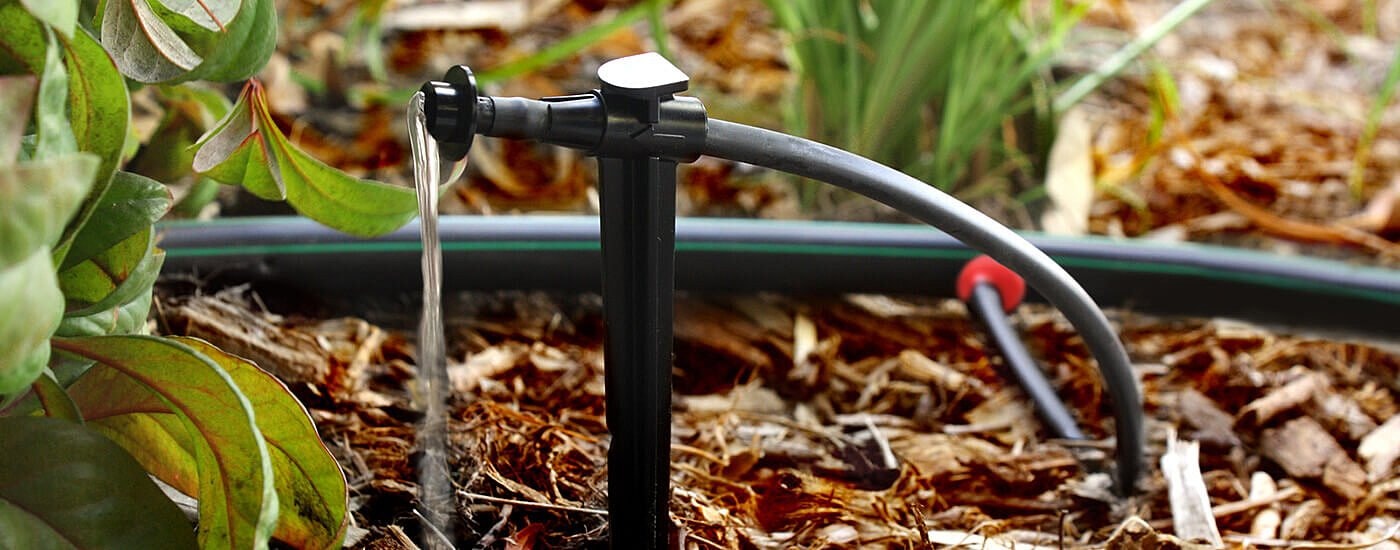3/21/2022 - What is Water Use Efficiency?

If you browse the Water pages on our website, you may notice that the CCSD distinguishes between water conservation and water use efficiency. A decade ago, the State of California was at the tail-end of an era where the general populace thought of conserving water as a short-term response to an immediate crisis. By that definition, water conservation reduces demand for a temporary amount of time to weather a shortage emergency. Now, the State is redefining what we know about conservation through the imposition of water use efficiency standards. Water use efficiency is a permanent change in behavior that asks consumers to use only what is necessary for a given task. It’s a practice that has already taken root in the agriculture and landscaping industries, where the efficient application of water has been practiced by some to minimize costs and promote sustainability. For urban consumers, water use efficiency is about eliminating wasteful practices from our day-to-day lives to conserve water resources all year round. Standards, such as CALGreen and local plumbing codes, provide maximum flow rates, flush volumes, and other metrics to encourage efficiency in everyday tasks such as showering, clothes laundering, and handwashing. Future indoor and outdoor efficiency standards will impose quantifiable limits (measured as gallons per capita daily or “gpcd”) on residential and commercial water use based on how much water the State believes a community needs when used efficiently. California’s enforcement of these standards highlights a long-term shift in how the State and we, the people, must think about water security moving forward. Water use efficiency is now a California way of life.
Fix a Leak
If water use efficiency depends on using only what you require, preventing and fixing leaks is probably the easiest thing you can do NOW to become more efficient. Every year, the EPA sponsors an outreach campaign called “Fix a Leak Week” to highlight the importance of water loss control. I’m a week late in advocating for this event, but it’s never too late to take steps to prevent your home—and our community water system—from being the victim of water loss.
Annual household leaks waste 1 trillion gallons nationwide. Think about that for a second. We aren’t talking about main breaks or even service line failures here, we’re talking about common leaks from toilets, sinks, and hose bibs. One of the most common sources of household leaks is your toilet flapper, the rubber device that lifts and closes with each flush of the toilet. Leaking toilets can be obvious if the leak is large enough, but small leaks result in just a few “ghost flushes” a day and may go unnoticed. A ghost flush occurs when the toilet tank level gets low enough for the fill valve to open and replenish the tank, resulting in the sound of your toilet running as if it had just been flushed. A properly seated flapper will not allow water to pass through, so ghost flushes are a sign that your flapper is leaking. WaterSense has a great 51-second video showing how easy it is to replace your toilet flapper.
Wherever you see a leak, it should be fixed right away. A leak at a rate of just 10 drips per minute wastes more than 500 gallons per year. That’s enough water for 66 5-minute showers (using a 1.5 gpm showerhead). Most small leaks can be repaired by homeowners. Check out the links below for quick and simple instructions to address some common sources of household leaks:
Home Depot’s How to Fix a Leaky Bathtub Faucet (1:51)
Lowes’ How to Fix a Dripping or Leaky Single Handle Faucet (3:00)
WaterSense Replace Your Faucet Aerator (0:45)
WaterSense Replace Your Showerhead (0:47)
As dry weather persists and our garden soils get drier, you may be tempted to turn on your irrigation systems. Before you do, consult the EPA’s “Find It, Flag It, Fix It” checklist for your landscape. This four-page brochure outlines a simple walk-through you can perform to ensure you are watering efficiently. In addition to checking for leaks, WaterSense also encourages homeowners to check for proper emitter or sprinkler spacing. There’s no sense in watering bare ground or non-porous surfaces such as a driveway or sidewalk. Find a leak or need help redesigning your irrigation? Use the WaterSense Find a Pro service to locate a WaterSense certified landscape professional near you.
Efficiency in the garden also means planting wisely. CCSD requires all new landscaping to be native or drought-tolerant. Consult resources such as the SLO WaterWise Landscaping Plant List to select low water trees, shrubs, and flowers.
Happy Spring!

This post was authored by Melissa Bland, Program Manager
